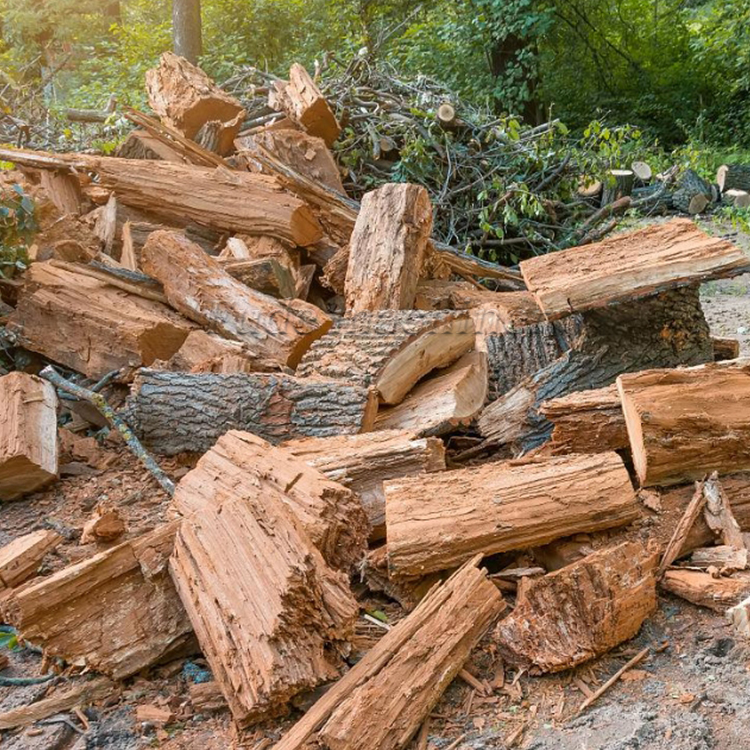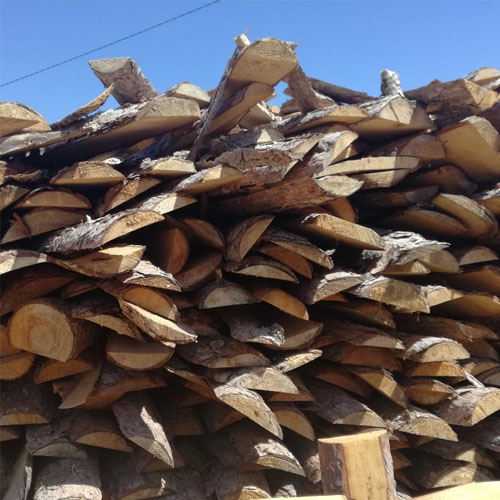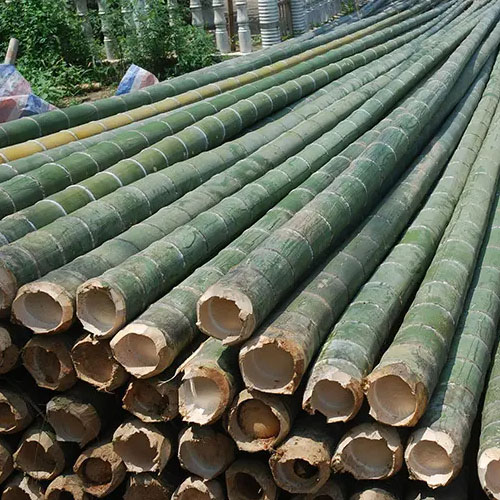What is the scope of application of the box type wood dryer
184It can meet the drying needs of different types of wood
View detailsSearch the whole station Products
Are you struggling to choose the right wood crusher? The market is full of various equipment with complex parameters, which is dazzling. Don’t worry, this article will reveal the insider tips for purchasing wood crushers, helping you avoid traps and find the most suitable equipment for you.
Directly answer your question: When choosing a wood crusher, the most important thing is to match your actual needs and comprehensively consider equipment performance, operating costs, maintenance, and future technology trends.



Before you dive in, I want to emphasize one thing: As a member of Fude Machinery, I will share some real-world experience in the industry to help you make more informed decisions.
Many clients overemphasize peak capacity, buying based on the absolute maximum. But the consistent, average needs are more vital.
Do you often find that your equipment’s processing capacity is excessive? Oversized equipment not only increases the initial investment but also leads to energy waste and equipment loss.
| Consideration | Description | Example |
|---|---|---|
| Consistent Throughput | This is your baseline. Don’t plan for the rare exception; plan for the everyday reality. | If you usually process 5 tons per day, but occasionally hit 8 tons, a machine rated for 6-7 tons continuous operation is likely ideal. |
| Material Type | Harder, denser, or wetter woods require more power and more robust components. | A machine designed for softwood might struggle and wear out quickly if you primarily process hardwood. |
| Operational Hours | A machine that runs 8 hours a day has different needs than one that runs 24/7. | Continuous operation requires more robust components and a design focused on minimizing downtime. |
| Future Growth | If you realistically expect a 20% increase in volume within the next year, factor that into your capacity calculations. But be realistic, not overly optimistic. | Don’t buy a machine twice as big as you need today based on a “maybe someday” scenario. |
Clients often underestimate the vast differences in wood species, moisture content, and the presence of contaminants.
Do you know enough about the wood you will be processing? The variety of wood affects processing.
Specify your exact material requirements to the supplier. A small sample for testing can save thousands in the long run.



| Factor | Description | Impact on Crusher Selection |
|---|---|---|
| Wood Species | Hardwoods (oak, maple, beech) are denser and require more power than softwoods (pine, fir, spruce). Exotic hardwoods can be exceptionally demanding. | Choose a crusher with sufficient horsepower and robust construction for harder woods. Consider blade material and design specifically suited for the species you’ll be processing. |
| Moisture Content | Wet wood (above 20% moisture content) requires significantly more energy to crush and can clog the machine. | A higher horsepower motor and a larger discharge opening may be necessary. Consider a pre-drying stage if consistently dealing with very wet wood. |
| Contaminants | Metal (nails, staples, screws), rocks, and dirt can cause severe damage to blades and other components. | A pre-screening process or a metal detector/separator may be necessary. Choose a crusher designed to handle occasional contaminants, with easily replaceable wear parts. |

If you don’t have such a big demand for the output at one time, you can choose two small wood pulverizers, and you can save the cost with the same output.
If you’re dealing with highly inconsistent wood waste, a pre-shredder can be a game-changer.
Do you realize how much a pre-shredder can increase the lifespan of your main crusher?
A pre-shredder reduces the initial size and removes large contaminants, increasing the efficiency and lifespan of your primary crusher.
| Benefit | Description | Impact on Main Crusher |
|---|---|---|
| Reduced Material Size | Breaks down large, bulky pieces into smaller, more manageable sizes. | Easier feeding, less strain on the motor, and more consistent throughput. Reduces the risk of bridging or clogging. |
| Contaminant Removal | Removes large pieces of metal, rocks, and other non-wood materials that can damage the main crusher. | Protects blades and other internal components from damage, extending their lifespan and reducing maintenance costs. |
| Improved Crusher Efficiency | By providing a more consistent and smaller feed material, the main crusher can operate at its optimal speed and capacity. | Higher throughput, better particle size control, and lower energy consumption per ton of processed material. |
| Extended Crusher Lifespan | Reduced wear and tear on the main crusher’s components due to smaller, more consistent material and the absence of large contaminants. | Fewer breakdowns, lower repair costs, and a longer overall lifespan for the main crusher. |
Everyone talks about “high-quality steel” blades. But the specific alloy and heat treatment are crucial.
Do you ask your supplier about the exact blade composition and hardening process? Most buyers overlook it.
Ask your supplier about the exact blade composition and hardening process. It’s a technical detail that significantly impacts performance.
| Factor | Description | Impact on Performance |
|---|---|---|
| Alloy Composition | Different alloys offer varying levels of hardness, toughness, and wear resistance. Common alloying elements include chromium, manganese, tungsten, and vanadium. | Higher chromium content generally improves abrasion resistance (good for hard, abrasive woods). Higher manganese content improves impact resistance (good for wood with occasional metal). |
| Heat Treatment | The process of heating and cooling the steel to achieve desired properties. Includes hardening (quenching) and tempering (to reduce brittleness). | Proper heat treatment is crucial for achieving the optimal balance of hardness and toughness. Incorrect heat treatment can lead to premature blade failure (chipping, cracking, or excessive wear). |
| Hardness | Measured on the Rockwell scale (HRC). A higher HRC generally indicates better wear resistance, but also increased brittleness. |
Skimping on regular maintenance is a classic mistake. Minor issues escalate into major breakdowns.
Are you implementing a strict preventative maintenance schedule?
Implement a strict preventative maintenance schedule, following the manufacturer’s recommendations religiously. It’s the cheapest insurance you can buy.
| Maintenance Task | Description | Frequency | Why It’s Important |
|---|---|---|---|
| Regular Inspection | Visually inspect all components for signs of wear, damage, or loose connections. Listen for unusual noises or vibrations. | Daily or before each use. | Early detection of potential problems prevents minor issues from escalating into major breakdowns. |
| Lubrication | Apply the correct type and amount of lubricant to all moving parts (bearings, chains, etc.) according to the manufacturer’s recommendations. | As specified by the manufacturer (often weekly or monthly). | Reduces friction, prevents wear, and extends the lifespan of moving parts. Improper lubrication is a major cause of premature component failure. |
| Blade Care | Inspect blades regularly for sharpness, damage (chips, cracks), and proper alignment. Sharpen or replace blades as needed. | Depends on usage and material; check frequently. | Dull blades reduce efficiency, increase energy consumption, and put more strain on the motor. Damaged blades can cause uneven particle size and even catastrophic failure. |
| Prompt Repairs | Address any identified problems immediately, no matter how small they seem. | As soon as a problem is detected. | “A stitch in time saves nine.” Small problems, if left unaddressed, will almost always lead to larger, more expensive repairs down the line. |
| Belt Tension | Check and adjust the tension of drive belts. | Regularly | Proper belt tension ensures efficient power transmission and prevents premature belt wear or slippage. |
Choosing a wood crusher is a complex task that requires careful consideration of many factors. I hope the insider tips provided in this article will help you make a more informed decision, choose the most suitable equipment for you, and maximize your benefits. Remember, choose Fude Machinery, choose a professional, reliable, and trustworthy partner!

It can meet the drying needs of different types of wood
View detailsWood crushers have a wide range of applications in wood processing, biomass energy, agriculture, environmental protection, and many other fields
View detailsThe wood crusher for producing sawdust is a powerful and widely used equipment
View detailsIt is mainly used to convert various waste materials into efficient and environmentally friendly fuel particles
View details
HelloPlease log in